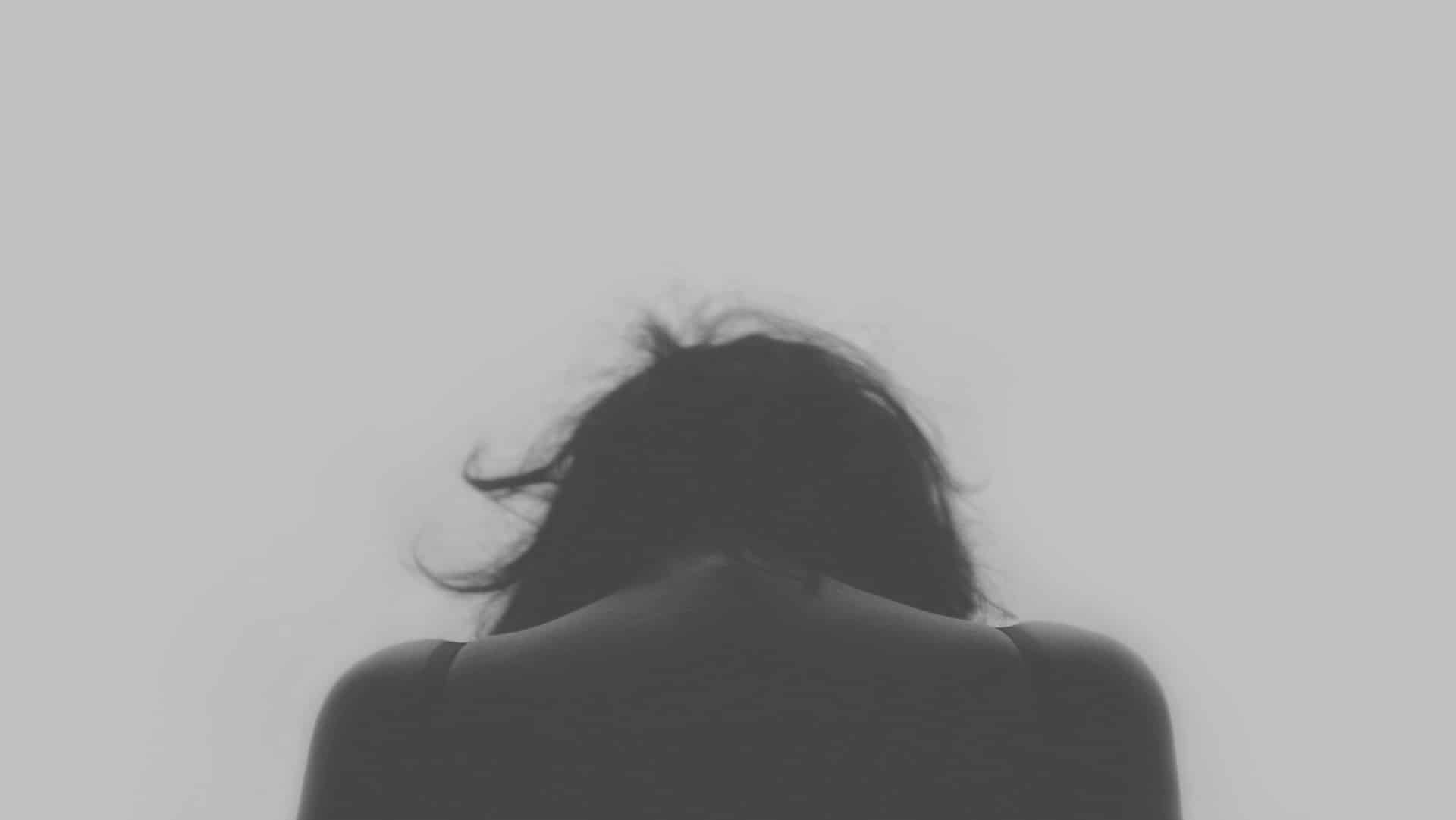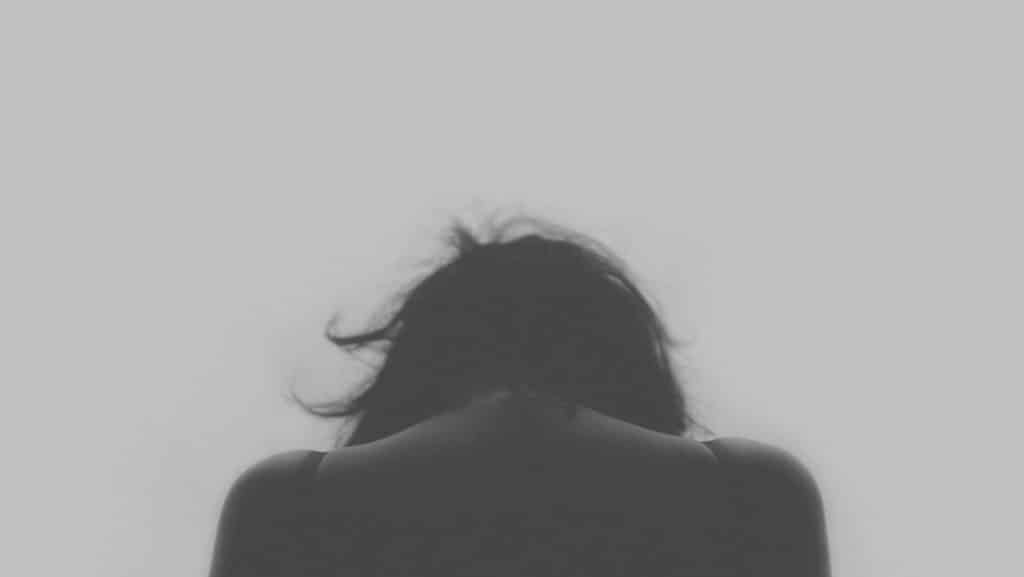Everyone is familiar with feeling down on a rainy day- and maybe that makes you act a bit mopey. There is a wealth of research that has begun to look into the effect of weather and how light affects our mood- and even personalities. Why do we react the way we do to weather? Scientists are gaining more and more understanding about weather and the human mental and emotional conditions affected thereby, and they’re learning information that could help millions hack their moods- and minds.
The Circadian Rhythm
Historically, humans, much like other animals, have the rhythms of their lives dictated by the rising and setting of the sun. This varying but predictable rhythm of light and darkness helps humans and animals alike regulate their bodies: from wakefulness to mood, mental acuity, and their internal clocks.
Chinese scholars touched on the importance of the circadian rhythm as long ago as the 13th century, and beginning in the late 19th century, European and American scientists carried out several experiments where they observed the impact of circadian rhythms in humans- including their persistence and eventual degradation- in the absence of light. Since then, the study of the circadian rhythm in humans has exploded as a field.

We now know that circadian rhythms in humans are controlled by a number of different factors, from genetics to light exposure. Presently, we can only control one of those two factors- light.
Today, we’re grappling with an abundance of data that ties the disruption of circadian rhythms via things like increased light pollution and over-exposure to blue light (such as that found in our phones) to a wide range of mental effects: from depression to insomnia and even decreased hand-eye coordination.
We are, at the same time, developing technologies that finally allow us to peek under the hood of our innermost mental workings and develop the tools needed to ameliorate- and even eliminate- some of the negative effects of over or under light exposure on our circadian rhythms and mental health.
The Role of Weather and How Light Affects Our Moods
The evolutionary mechanisms by which lighting became significantly tied to our mood- rainy days making you sleepy, for example- can only be guessed at. Perhaps these reactions are simple adaptations to scenarios with decreased survivability- why leave the cave when it’s raining, if you’re more likely to be snapped up by a predator?
What we do know is that light exposure has a significant effect on our moods to this very day. The most well-known, chronic example of this sort of weather-based mood is called Seasonal Affective Disorder, or SAD.
Seasonal Affective Disorder
SAD is defined by leading psychologists as a “type of depression that is related to changing seasons.” It is most commonly reported in the northern hemisphere in winter but can be found around the world and seems to track alongside significant seasonal weather changes.
Those who are experiencing SAD usually show symptoms such as a loss of interest and low energy levels around the beginning of winter, although occasionally summer as well. These symptoms usually diminish as spring begins to settle in, or as the summer’s heat begins to fade.

SAD can be caused in part due to lower temperatures during winter: as a result of temperatures dropping, we lose sun exposure to our skin as we bundle up (and the days grow shorter, cutting our light exposure even further).
The season’s changing weather can affect our bodies in other ways as well:
- The change in season, and therefore light exposure, can disrupt the body’s level of melatonin, which plays a vital role in sleep patterns, and in a knock-down effect, our moods- lack of or poor-quality sleep being known to affect mood, coordination, and general mental acuity.
- Reduced light exposure also causes a drop in serotonin, a neurotransmitter, that plays a large role in our mood regulation.
- The change in the sun’s duration of light also affects our body’s biological clock, or circadian rhythm, further disrupting our mood regulation and body’s hormonal processes.
However, many people (not least among them the Russians and Scandinavians, who have instituted light-exposure therapy for children at schools across their countries as early as the 1960s) have found success combating many of these symptoms using artificial light.
This method is further supported for SAD sufferers by the CDC; they state: “The light/dark cycle of the sun has a powerful effect on the circadian clock, sleep, and alertness. If you understand these effects, you can manipulate light exposure to help yourself sleep better at night and be more alert during the day. Keep in mind your circadian clock uses light and dark signals to predict what to do in the future: when to prepare you to be active and when to prepare you to sleep.”
Light therapy is practiced by using an artificial light source, usually a “Light Box”, which is setup to emit light in order to supplement our lack of exposure, helping to restore normal functions that have been disrupted due to exposure deficiency.
Light Intensity, Spectrums and Mood
It’s not just your exposure to light that matters- it’s also the kind of light you’re exposed to that matters. Not all light is created equal, unfortunately.
You’ve doubtless experienced the anxiety-provoking agony of overly-intense lights- or the exhaustion brought on by extremely dim ones. While intensity matters greatly when it comes to mood and personality, so too does color.
Scientists have found that the color spectrum of the light you’re exposed to also deeply impacts your mood: blue light, typically emitted from electronics, as described in our intro, is known to stimulate wakefulness, eliciting alertness, anxiety, and a focused mindset. Can’t sleep after putting your phone down at night? Blame that blue light.
Conversely, yellow tones which simulate the sort of colors we see at dusk and dawn can promote melatonin production, increasing relaxation and promoting sleep. Struggling to get motivated at your home office? A lighting solution which imitates the blue light spectrum found during the day may be just what you need.
Hacking Your Moods and Personality With Lighting
The role of light on our moods and behavior is still being unraveled, but we’ve already learned more than enough to start making light-based lifestyle choices that can dramatically improve our mental well-being (and may even help you kick that ‘personality trait’ of midday-laziness).
While light therapy is commonly used for SAD, it is also used for quite a few other conditions, including sleeping disorders, dementia, jet lag, mood swings, RLS, and now PTSD and other types of depression. Whether you’re under the care of a doctor or not, you don’t need to wait for a diagnosis to begin improving your life via lighting changes; proper lighting across your home can make seamlessly improve everything from your appetite to your sleep schedule.
Choosing A Light for Your Mood
In today’s ever-expanding ways to improve our lives, light therapy and conscious lighting choices are growing in popularity, and it’s no wonder why so many people are finding relief using these strategies: you can use light therapy in your own home, it’s incredibly easy, and it takes little time to carry out a treatment. It’s a noninvasive, inexpensive, and widely heralded difference maker for many.
You might think any light will do, but very few produce the key frequencies of light that drive the biological response to light. Using a quality, purpose-built light is by far the best investment, and BIOS, as an industry leader, provides that and more in our SkyView Wellness Table lamp. Our light is sleek in design, durable, and easy to use. It has a light intensity dimmer and is completely automated via a smartphone app. Need more for your house? We also offer bulbs specifically for nighttime and daytime- the SkyBlue and NightFall- ensuring you’ll have circadian-appropriate lighting throughout your home.
Light therapy very well could be an easy fix to a body imbalance that you didn’t even know existed- and it is a simple as turning on the light.
FAQs
What is a circadian rhythm?
The circadian rhythm in humans is an internal, biological clock that regulates the sleep-wake schedule and other important bodily functions. It is governed by light exposure.
How does light affect our moods?
Light exposure directly affects hormone production and stimulates mood centers of the brain.
What is light therapy?
Light therapy is practiced by using an artificial light source which is setup to emit light in order to supplement our lack of exposure, helping to restore normal functions that have been disrupted due to light exposure deficiency.
What effect does the light spectrum have on mood?
Sky Blue spectrum light tends to elicit wakefulness, anxiety, focus and productivity in people, whereas yellow spectrum light tends to promote sleepiness and relaxation.
What is SAD?
SAD stands for Seasonal Affective Disorder, a form of seasonal depression.
What causes SAD?
Scientists theorize that SAD is caused by light exposure changes which disrupt hormone levels in patients.
